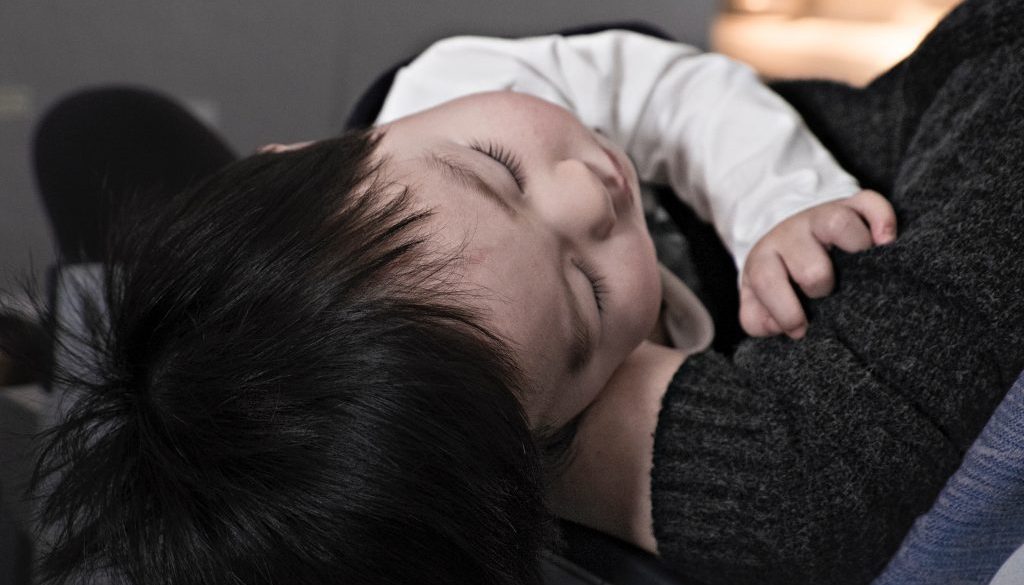When is a Fever a Problem? (Podcast)
t)Fever ~ How to Understand and Manage Your Little One When They Have One
In October 2018 we had a great evening with one of our favorite pediatricians, Dr. Francesco Gesualdo, where he explained to a group of our parents that fever is a common and recurrent event in a child’s life. Sometimes it’s mild and you can easily tell it’s not a problem. Other times it worries parents and caregivers quite a lot. Please enjoy this recording of his talk.
The following is a very basic summary of his talk:
Fever is not a disease, most of the time it is caused by an infection, either viral or bacterial. Due to vaccines, most of the viruses a child will contract are simple viruses. Upper respiratory tract infections account for a large percentage of the viral fevers a child will get, then next most common is gastroenteritis. These two cover almost all of the viral fevers a child may have.
Bacteria is a bit more complicated. There are many different kinds and they can be fought with antibiotics.
Understanding the difference between a viral and bacterial infection allows you to properly treat the fever.
Doctors used to say after 3 days, give an antibiotic, this is a fallacy as some common viruses can last over 3 days.
A fever over 41 degrees does not cause brain damage. Even a fever at 41 for four hours will not cause brain damage. Harmless viruses can cause very high fever while bacteria can give lower temperatures.
Convulsions do not arise from the high temperature itself but how quickly the temperature changes. Even putting your child in a cold bath, which is actually a torture, can lead to convulsions if the temperature is brought down too quickly. Parents need to worry about the cause of a fever, not the fever itself. Time to go to the hospital is If a seizure repeats within 24, lasts for longer than 15 minutes or is a partial body seizure.
Febrile convulsions do not cause brain damage, if the fever lasts for more than 15 minutes it might not be a febrile fever.
Parents need to worry about the cause of the fever, not the fever itself.
When to worry: Pale face, grayish bluish look, blue around lips, decreased level of consciousness, weakness, strong headache and vomit; in very small children, the moaning cry. Red spots on the skin that do not go away when pressed which can be a severe bacterial infection. These signs mean a hospital trip is worth it.
Red cheeks, active, angry child, is actually a good sign! No stress.
In children as young as 1 or 2 months it is very common to have a fever due to a urinary tract infection, but anytime a young child under 3 months (pre-vaccination age) has a fever, take them to the hospital as 13% of cases are due to a severe bacterial infection so they should be taken to the hospital immediately.
When should medicine to lower fever and relieve pain be given? Pain is not good for your body, ibupropfen and aspirin are eliminated from the body within 6 hours. Use it to take away the pain if your child is in pain.
Electric thermometers can be not very reliable, the most reliable are the old fashioned kind, now made out of gallium which has replaced mercury. It is not quick, but it is precise. You can combine the two. The armpit is the best place to take the temperature (after the anus).
